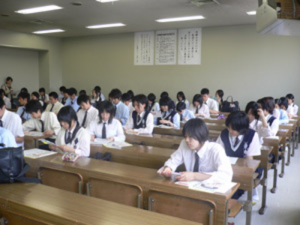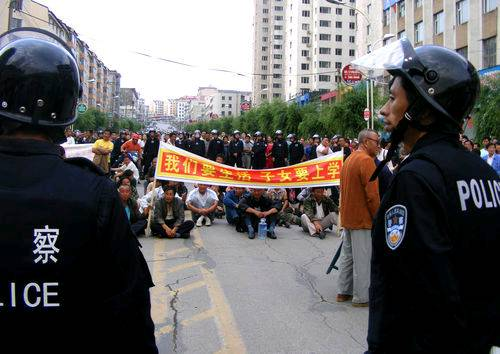Samsung Moves: A Portrait of Struggles
 Corporation ‘Samsung’ has been engaged in continuous struggles with the market, labour, the state, and society as a whole within which it develops. This article is a portrait of the struggles: the struggles that were made by every step of the movement of Samsung and made Samsung move again. It captures the way in which an individual capital, a very progressive one in many senses of modern management and corporate strategy, absorbs all possible social resources, including human sweat, soul, and lives, and turns them into corporate energy on which a miraculous capital accumulation has been made possible. Each part of its history will describe Samsung’s efforts to move out of old challenges, and new challenges created by its own moves. While it is written as a short corporate history, it is a corporate history written in labour’s language. In other words, it is a corporate history in relation to labour. This article particularly emphasises the other side of a multinational corporation’s history, namely the way in which ‘work’ is recomposed by mobile capital in Asia, tracing the interaction between multinational companies and local labour. The history of Samsung therefore starts with Korean labour in 1938 and ends with Asian labour in 2006. (more…)
Corporation ‘Samsung’ has been engaged in continuous struggles with the market, labour, the state, and society as a whole within which it develops. This article is a portrait of the struggles: the struggles that were made by every step of the movement of Samsung and made Samsung move again. It captures the way in which an individual capital, a very progressive one in many senses of modern management and corporate strategy, absorbs all possible social resources, including human sweat, soul, and lives, and turns them into corporate energy on which a miraculous capital accumulation has been made possible. Each part of its history will describe Samsung’s efforts to move out of old challenges, and new challenges created by its own moves. While it is written as a short corporate history, it is a corporate history written in labour’s language. In other words, it is a corporate history in relation to labour. This article particularly emphasises the other side of a multinational corporation’s history, namely the way in which ‘work’ is recomposed by mobile capital in Asia, tracing the interaction between multinational companies and local labour. The history of Samsung therefore starts with Korean labour in 1938 and ends with Asian labour in 2006. (more…)


